Osaka Expo 2025 “Space Living Lab – Towards Life Beyond Earth”
Osaka Expo 2025 “Space Living Lab – Towards Life Beyond Earth”
-
Space Living Lab Theme: HEXACITY – Space Station Osaka @Osaka Heathcare Pavillion*
-
HEXACITY: Space Station Osaka – Visual Anthem for Space Living Lab @ Osaka Healthcare Pavilion*
“Space Living Lab – Towards Life Beyond Earth,” focusing on space and future society, will be part of the 2025 Osaka Expo and will host a variety of events related to space food at the Osaka Healthcare Pavilion from August 10th to 16th. Exhibits at the venue will include a model of the artificial gravity facility Lunaglass Neo, a model of Osaka Hexa City, and displays of the VESTRA & KNIGHT SUITS space suits currently being co-developed by Amateras Space Inc. and Gifu University of Medical Science.
On the first day, following an opening address by Yosuke Yamashiki, Professor at the Graduate School of Advanced Integrated Studies in Human Survivability at Kyoto University and Director of the SIC Human Spaceology Center, a video message from astronaut Naoko Yamazaki is scheduled to be presented. This will be followed by a lecture on artificial gravity by Takuya Ohno, Specially Appointed Associate Professor at SIC.
In addition, the program will feature an introduction to space food, a food-related event by Cosmo Girls, a presentation of “Space Gourmet®” by Space Tourism, and explanations of food by the “Space Meals Research Group.” This will be followed by a presentation with the theme “Are there any planets other than Earth where humans can live?” exploring the possibility of migration to the Moon, Mars, and even exoplanets beyond our solar system.
On the final day, August 16, a lecture is scheduled by astronaut Takao Doi, a founding member of the Human Spaceology Center and currently a visiting professor at Ryukoku University. For the lecture schedule and speaker profiles, please refer to the information below.
This lecture is part of a series presented by experts from various fields such as space engineering, habitation, health, and the arts, and will offer a multifaceted exploration of future life in space.
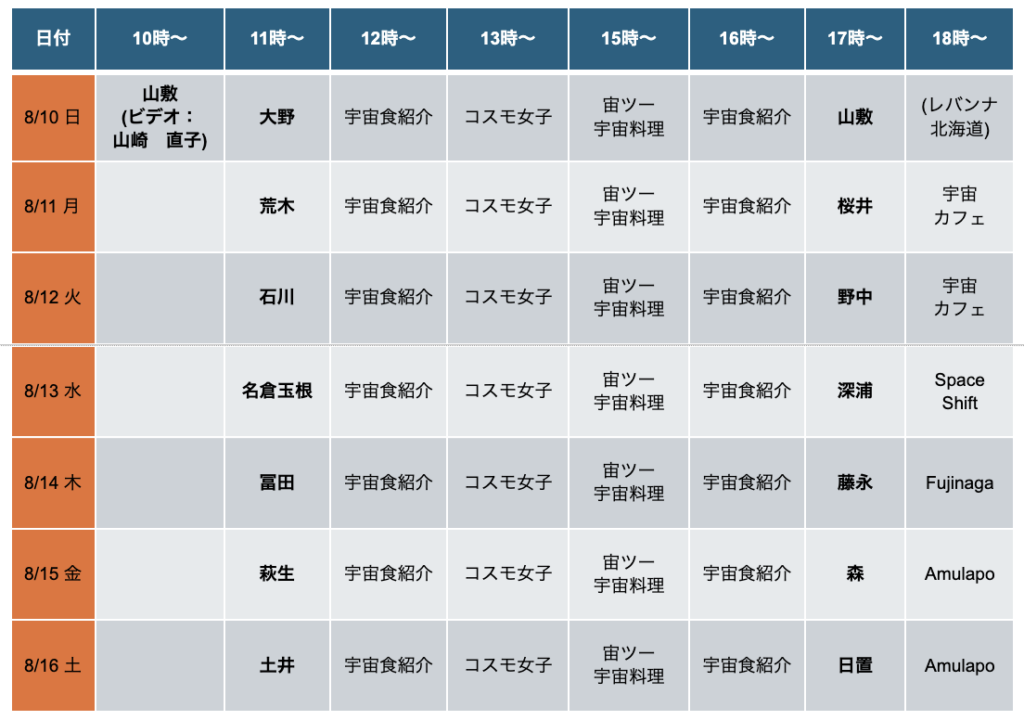
Daily Events
- Cosmo Girls(13:00〜15:00)
- Space Tourism Promotion Council(15:00~16:00)
- Space Food Research(16:00〜17:00)
- Opening Remarks(10:00〜11:00)
- Yousuke Yamashiki
- Naoko Yamazaki(Video Message)
- Zelda Marquardt(Moderator)
- Takuya Ono(11:00〜12:00)
- Yosuke Yamashiki(17:00〜18:00)
- Yoshikazu Araki(11:00〜12:00)
- Masato Sakurai(17:00〜18:00)
- Shu Ishikawa(11:00〜12:00)
- Tomomi Nonaka(17:00〜18:00)
- Makiko Nagura(11:00〜12:00)
- Shoichi Tamane(11:00〜12:00)
- Kiho Fukaura(17:00〜18:00)
- Kiana Tomita(11:00〜12:00)
- Takaaki Fujinaga(17:00〜18:00)
- Shota Hagio(11:00〜12:00)
- Hirokazu Mori(17:00〜18:00)
- Takao Doi(11:00〜12:00)
- Atsushi Heki(17:00〜18:00)
Cosmo Girls(13:00〜15:00)
Ever dreamed of tasting space? Join the “Cosmo Girls,” who successfully launched a satellite with no prior experience, and take part in a fun and educational journey into space.
Three 20-minute programs that let you feel like you’re on a trip to outer space:
・Space Food Experience
Why space, and why now?
As the era of space travel approaches, learn about and taste the future through space food.
An introduction to current and upcoming space foods, with samples provided.
・Live Presentation by a Middle School Space Food Developer
A passionate presentation by a middle school student aiming for official certification of their space food.
Experience space food made using Shizuoka Prefecture’s mandarin orange jelly.
・Earth vs. Moon Puzzle Challenge
An interactive quiz-style challenge that reveals the secrets of space.
Come experience the moment when space shifts from being a “distant dream” to a “near future.”
Perfect for kids and adults alike, no prior space knowledge needed!
Space Tourism Promotion Council(15:00~16:00)
The three 30-minute programs will be held two times.
Enjoy videos and fun stage presentations.
-
Talk between astronaut Naoko Yamazaki and VTuber Ichi (video)
The program will begin with a talk about space travel/space tourism® that has started, and the enjoyment of meals/space gourmet® that expands the fun of space travel. -
Latest Trends in Space Travel
The exciting future of space travel will be introduced, including suborbital flights above 100 kilometers, trips to low Earth orbit and the ISS, and moon travel expected after the Artemis program. Rocket launch support tours from the ground and various related developments will also be introduced. -
Space Food / Space Gourmet® Quiz
Enjoy a quiz-style introduction of “fun facts you’ll want to share with your friends” about eating in space/space gourmet®.
Space Food Research(16:00〜17:00)
The Space Meals Research Group will present an exhibition on eating in space from three perspectives:
-
What kind of meals would you want to eat if you went to space?
Participants will be space travelers and learn about the differences between Earth and space environments, then think about the “future space foods” they would like to try in a hands-on exhibit. -
What does it mean to “eat” in space?
Physiology that seems obvious on Earth, such as digestion and taste, changes in a space environment. Through scientific insights, visitors can enjoy learning about the surprising relationship between “food” and the “body” in space. -
What are the best meals for you?
On Earth, people’s attitudes toward food vary widely, from those who focus only on nutrition to those who seek flavor and cultural meaning. As space development progresses and living in space becomes a reality, a future may come where people also seek richness and meaning in meals. The exhibit, “The fun of eating,” uses tangible items to explore eating in a space environment.
August 10th(Sunday)
Opening Remarks(10:00〜11:00)
Yousuke Yamashiki
Kyoto University Graduate School of Advanced Integrated Studies in Human Survivability (Shikshukan) – Professor
SIC Human Spaceology Center – Director
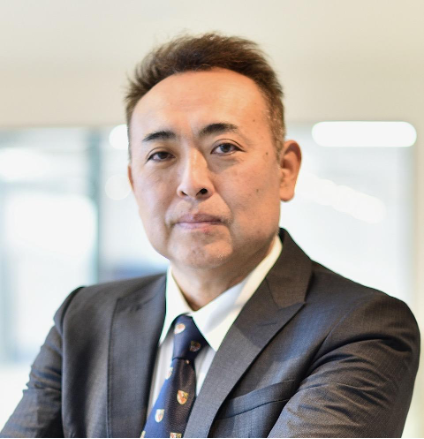
Naoko Yamazaki(Video Message)
Astronaut, Ambassador for the Space Tourism Promotion Council, and Specially Appointed Associate Professor at the SIC Human Spaceology Center
Zelda Marquardt(Moderator)
Takuya Ono(11:00〜12:00)
Lecture Title
Gravity Is Essential for Living in Space
Summary
Gravity is important for human life, and when we start to live in space or on the Moon, artificial gravity using centrifugal force will become vital infrastructure to replace natural gravity. In this lecture, Ono will explain how gravity affects health and nutrition, and what an artificial gravity facility is.
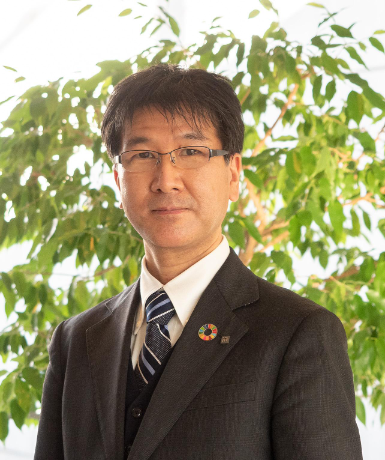
Yosuke Yamashiki(17:00〜18:00)
Lecture Title
Are there any planets other than Earth where humans can live?
Summary
Within the solar system, discussions have begun about the possibility of migrating to the Moon and Mars. However, the Moon has no atmosphere, and Mars has a thin atmosphere, making it quite challenging. However, there are other planets in space similar to Earth. This lecture will introduce such potentially habitable planets, including exoplanets outside the solar system.
August 11th(Monday)
Yoshikazu Araki(11:00〜12:00)
Lecture Title
Future Society with New Shape Memory Alloys – From Earthquake Resistance to Space Habitation –
Summary
Recently, innovative research and development have been advancing in Japan in both the material development and application of new shape memory alloys. This lecture will introduce how the development of these new alloys and their applications in areas such as earthquake resistance and space habitation can help shape the future society.
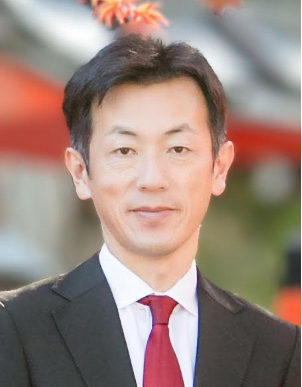
Masato Sakurai(17:00〜18:00)
Lecture Title
Living in Space! Space Habitation and Material Circulation
Summary
Humanity is attempting to expand its living environment from low Earth orbit to lunar orbit. Humans breathe approximately 600 liters of oxygen per day and exhale a similar volume of carbon dioxide. They also consume about 2.5 liters of water daily. Systems that maintain a livable environment, such as oxygen production, carbon dioxide removal, and air recycling, are called Environmental Control and Life Support Systems (ECLSS). This lecture will introduce water, air, and waste management from the perspective of material circulation, which is fundamental to life support.
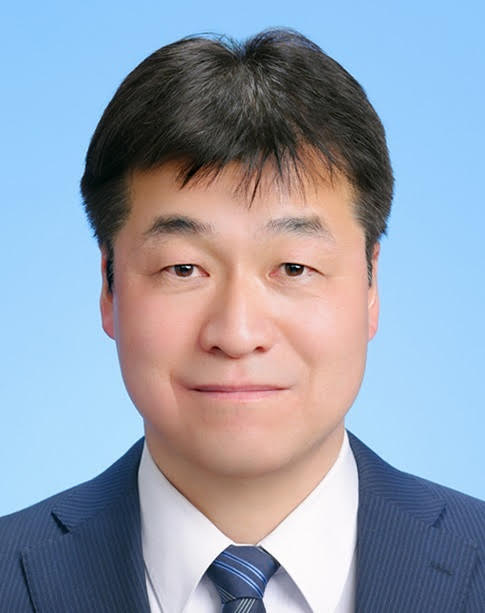
August 12th(Tuesday)
Shu Ishikawa(11:00〜12:00)
Lecture Title
Can You Fry Potatoes on the Moon? Thinking About Life in Space and the Future of Earth
Summary
What is space like? How is it different from Earth? Why do we go to space? Space is full of questions. Now, the era of living in space is about to begin. Let’s explore “space life” together, including topics like “Can you fry potatoes on the Moon?”
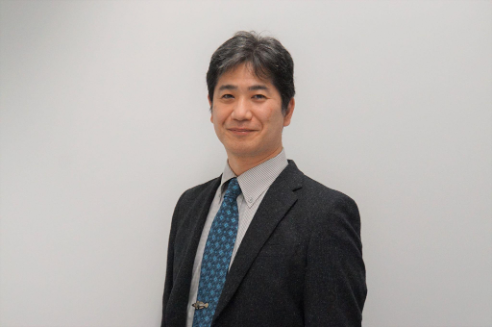
Tomomi Nonaka(17:00〜18:00)
Lecture Title
Toward a Comfortable Life in Space: Future Lifestyles Shaped by Comfortable ECLSS
— A New Form of Space Habitation for Civilian Space Travel —
Summary
By the 2040s, it is predicted that around 10,000 private citizens will travel to space annually. This lecture introduces the concept and practical examples of “Comfortable ECLSS,” an enhanced version of traditional Environmental Control and Life Support Systems (ECLSS), incorporating perspectives of comfort and human-centered design. Aiming to improve the quality of life in space, the lecture explores new lifestyle possibilities that connect space living with Earth-based technologies and culture.
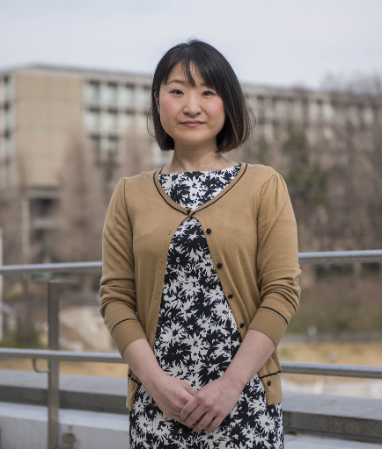
August 13th(Wednesday)
Makiko Nagura(11:00〜12:00)
Lecture Title
For a Better Life in Space
Summary
What will daily life in space be like?
By comparing current life in space with life on Earth, we will explore together what is necessary for ideal space habitation.
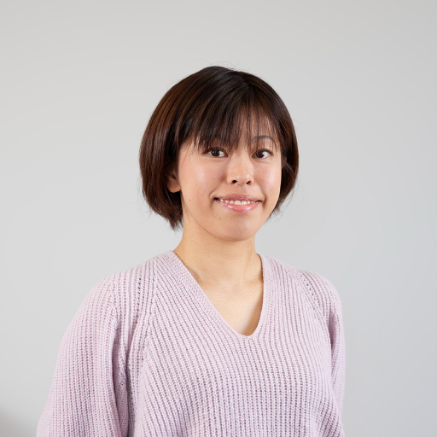
Shoichi Tamane(11:00〜12:00)
Lecture Title
For a Better Life in Space
Summary
What will daily life in space be like?
By comparing current life in space with life on Earth, we will explore together what is necessary for ideal space habitation.
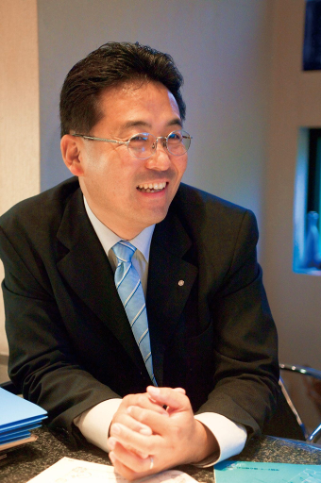
Kiho Fukaura(17:00〜18:00)
Lecture Title
Latest Trends in Lunar Development and the Dawn of Private Sector Participation
— Food, Housing, and Infrastructure for a Future Lunar Society —
Summary
What comes to mind when you think of infrastructure for implementing a lunar society? It encompasses a wide range of systems, including communication infrastructure between Earth and the Moon or across the lunar surface, food and habitation infrastructure to support human life, and energy (fuel) infrastructure essential for transport, such as rockets and landers.
In this lecture, we will introduce part of this development through projects being undertaken by JGC Corporation (JGC Global).
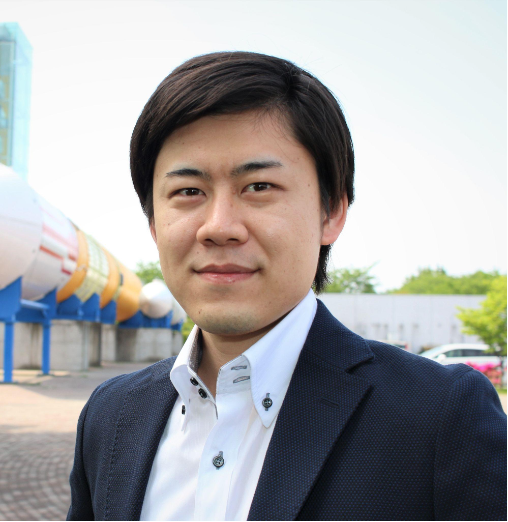
August 14th(Thursday)
Kiana Tomita(11:00〜12:00)
Lecture Title
Disaster Food and Space Food
Summary
Meals during disasters can be extremely challenging. There are no cooking tools, no refrigerators, and yet it’s essential to meet nutritional needs. That’s why foods like canned goods and noodles that can be eaten without hot water are used. Space food shares many similarities with disaster food — for example, no open flames, the need for long-term storage, and the inability to cook. By learning about disaster food, we can make meaningful connections to food in space.
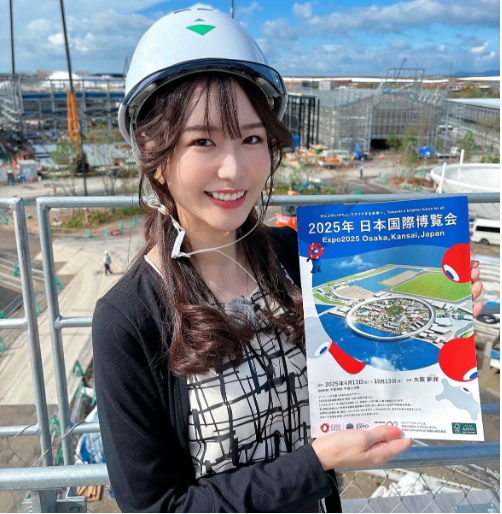
Takaaki Fujinaga(17:00〜18:00)
Lecture Title
Space Diving: Experience Simulated 1/6 Gravity in an Underwater Lunar Simulation Program
Summary
Instead of just hearing about space, experience it yourself
Based on astronaut underwater training conducted by NASA, this lecture will discuss a recreational course that simulates the lunar surface underwater.
It will also touch on the profound connection between the ocean and space as seen from beneath the sea.
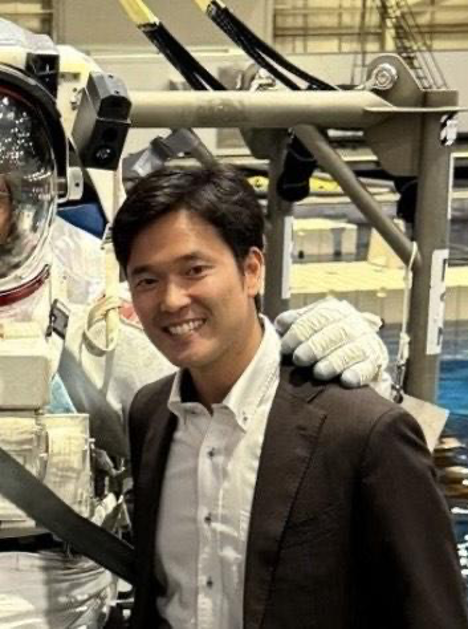
August 15th(Friday)
Shota Hagio(11:00〜12:00)
Lecture Title
Rethinking the Moving Body: Exercise and Health from a Space Perspective
Summary
We move our bodies every day under the influence of Earth’s gravity, but in space, where gravity is nearly absent, the way our bodies function and move changes dramatically. This lecture will fundamentally rethink what it means to “move,” based on cutting-edge research, including exercises of astronauts. Together, we will explore how these insights relate to our daily lives, health, and the challenges of an aging society.
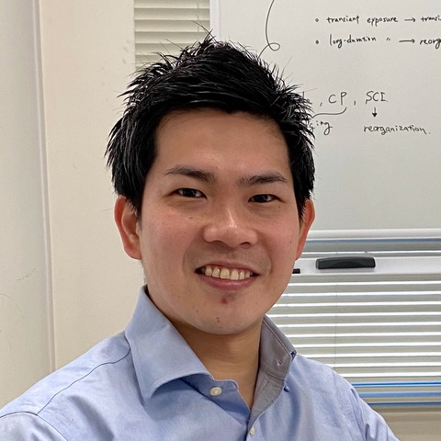
Hirokazu Mori(17:00〜18:00)
Lecture Title
Trends in the Space Industry and Spotlight on Technologies!
Summary
A summary of the space industry, which has been a hot topic in recent years. Mori, who traveled around the world, will introduce interesting space technologies, gaining global attention!
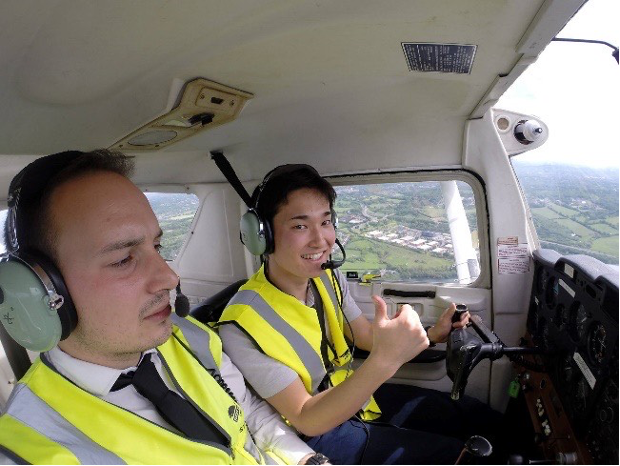
August 16th(Saturday)
Takao Doi(11:00〜12:00)
Lecture Title
Manned Space Activities
Summary
Since Yuri Gagarin’s historic first manned spaceflight in 1961, space has become a new frontier accessible to humanity. Japan’s “First Phase of Manned Space Activities” began in 1985 with the decision to participate in the International Space Station program and the selection of Japanese astronauts for initial materials experiments. Through short-term manned space missions, Japan acquired essential technologies for manned space activities, including space experiment techniques, robotic arm operations, and extravehicular activity skills.
The “Second Phase of Manned Space Activities” began in 2008, triggered by the mission to attach the Kibo Japanese Experiment Module to the space station. This phase saw the start of long-term missions by Japanese astronauts and the acquisition of technologies such as astronaut training, operation of manned space facilities, and flights of cargo spacecraft.

Atsushi Heki(17:00〜18:00)
Lecture Title
The Theater of Space: The Possibilities if Your Body is Freed from Gravity!
Summary
An artist who has danced around the world, Heki has pioneered the concept of a “Weightless Theater in Space.” Imagining this together with the audience, the lecture will explore art in space, including performance elements. A special collaboration with live music is also planned.
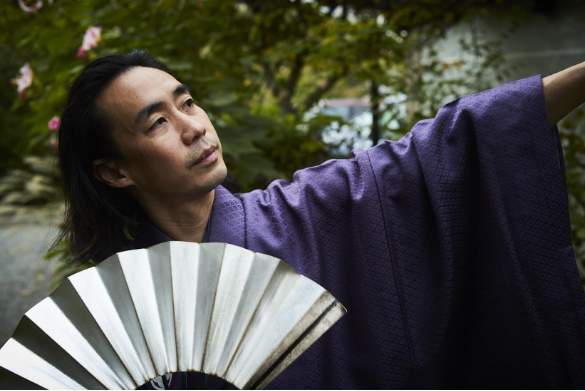
*HEXACITY – Osaka Space Station Concept
HEXATRACK-Space Express Concept, designed and created by Yosuke A. Yamashiki, SIC Human Spaceology Center, GSAIS, Kyoto University
HEXACITY-HEXATRACK Earth Station Concept, designed and created byJuniya Okamoto & Yosuke A. Yamashiki
Geo Glass, a hypergravity facility on the Earth for spacetravel training, concept by Takuya Ono, designed by Juniya Okamura, and coordinated by Yosuke A. Yamashiki
All Visual Effect and detailed design of above contents are generated by Juniya Okamura
Music ”Osaka Space Track”composed by Yosuke Alexandre Yamashiki
This post is also available in:
 日本語 (Japanese)
日本語 (Japanese)

